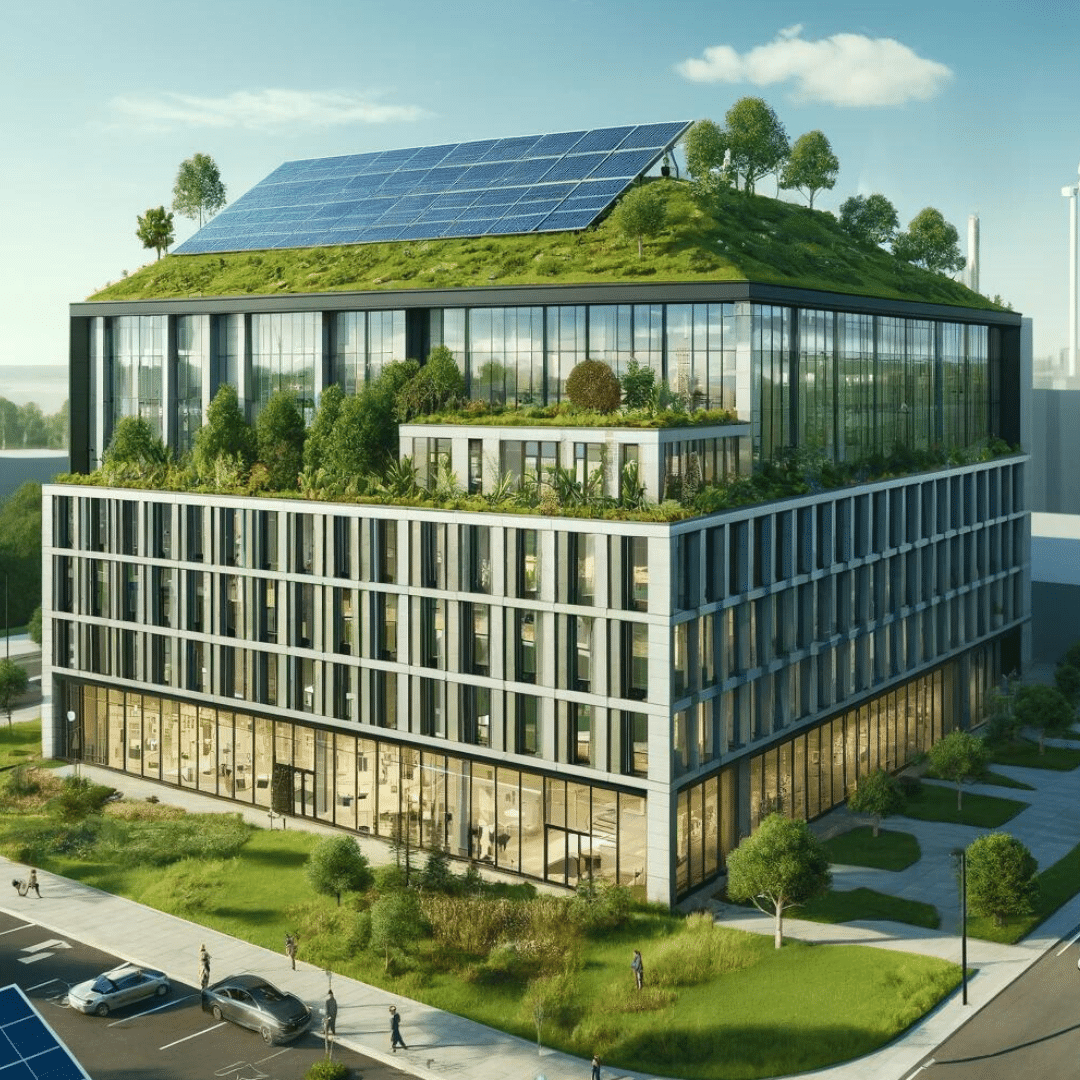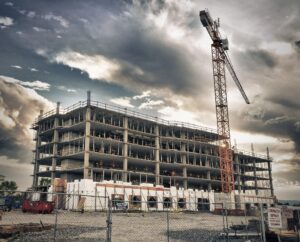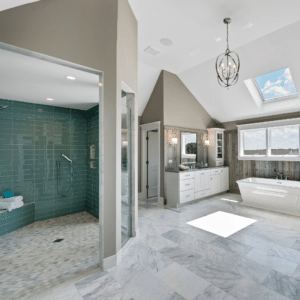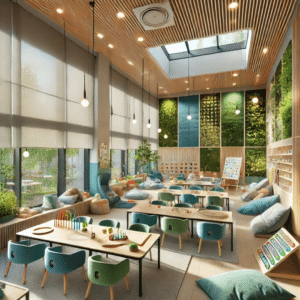As the push for sustainable building solutions grows stronger, understanding the impact of commercial carbon positive design in modern architecture becomes crucial for forward-thinking real estate developers and property managers. This article will equip you with the knowledge to not only meet but exceed environmental standards in your upcoming projects.
The impact of commercial carbon positive design in modern architecture involves three key elements: implementing advanced building materials that store more carbon than they emit over their lifecycle, utilizing renewable energy sources to achieve net-positive energy consumption, and designing spaces that enhance environmental regeneration.
- Unveiling Commercial Carbon Positive Design
- Revolutionizing Construction with Carbon-Storing Materials
- Powering Buildings with Renewable Energy
- Regenerative Designs: Creating Eco-positive Spaces
- Beyond Sustainability: The Economic and Social Impacts of Carbon Positive Buildings
- The Future of Sustainable Development: Advancing Your Project with Commercial Carbon Positive Design
Key Takeaway:
- Integrate commercial carbon positive design to surpass traditional sustainability and offer comprehensive environmental benefits.
- Utilize carbon-storing materials to lower carbon footprints and enhance sustainability in building projects.
- Adopt renewable energy solutions to sustainably meet energy needs and positively impact the environment.
- Incorporate regenerative design features like green roofs to actively enhance environmental conditions.
- Invest in carbon positive design for economic advantages and improved social well-being in your projects.
Keep reading to delve into each of these components and explore how they can be effectively integrated into your next project, driving not only sustainability but also long-term profitability and environmental stewardship.
Unveiling Commercial Carbon Positive Design
Unveiling commercial carbon positive design reveals an innovative shift beyond traditional sustainability practices, embedding environmental responsibility at the heart of architecture. While carbon neutral buildings focus on offsetting emissions to net zero, carbon positive design goes further by creating structures that generate more energy than they consume. Developers who prioritize innovation and long-term sustainability recognize this approach as indispensable, harnessing renewable resources and employing materials that actively benefit the environment. By seamlessly blending aesthetics with eco-conscious strategies, commercial carbon positive design elevates industry standards. This approach not only minimizes negative environmental impacts but maximizes positive contributions, setting a new benchmark that champions sustainable development and regenerative design principles.
Revolutionizing Construction with Carbon-Storing Materials
Revolutionizing construction with carbon-storing materials is a core pillar of commercial carbon positive design. Such materials actively reduce the carbon footprint by sequestering carbon rather than emitting it. Examples include bio-based resources like cross-laminated timber and recycled steel, which blend eco-friendly attributes with structural integrity. A prime illustration is a commercial building in New York, which incorporated these materials to boost strength and minimize environmental impact. This practical application illustrates how innovative carbon-storing materials can be seamlessly integrated into commercial architecture, aligning aesthetics and engineering with eco-conscious goals to redefine sustainable construction standards.
Powering Buildings with Renewable Energy
Powering buildings with renewable energy systems like solar panels and wind turbines is essential in achieving commercial carbon positive design. These systems not only provide clean energy to the building but also deliver surplus power back to the grid, resulting in a net-positive impact. Projects like the Gloucester Marine Terminal in Gloucester City, NJ, exemplify this approach, demonstrating how commercial buildings can contribute to the energy solution instead of the problem. By embracing renewable energy, these buildings lower their carbon footprint, actively contributing to a greener, more sustainable future while setting new benchmarks for efficient energy management.
Regenerative Designs: Creating Eco-positive Spaces
Regenerative design in commercial carbon positive architecture emphasizes spaces that restore and improve environmental health. A green roof, for instance, offers insulation benefits while enhancing local biodiversity and providing aesthetic value. One notable example is the green roof atop the Jacob K. Javits Convention Center. This green roof reduces heat island effects, provides insulation, and supports bird species, proving that eco-positive designs can thrive even in urban settings. Additionally, Rutgers University’s EcoComplex, which houses greenhouses and renewable energy projects, integrates sustainable water systems and enhances local biodiversity, highlighting the potential for regenerative designs across New Jersey. These elements reduce the facility’s environmental footprint while fostering eco-positive growth, showcasing how regenerative design principles contribute to a thriving, sustainable urban ecosystem.
Beyond Sustainability: The Economic and Social Impacts of Carbon Positive Buildings
Commercial carbon positive design transcends environmental benefits by offering substantial economic and social impacts. These buildings tend to have significantly reduced energy costs due to the incorporation of renewable energy systems and innovative, energy-efficient designs. They also boast higher property values and enhanced market appeal to tenants who prioritize sustainability, leading to lower vacancy rates and improved return on investment. Furthermore, carbon-positive buildings promote healthier living and working environments, as they often feature improved air quality, natural lighting, and access to green spaces, fostering community well-being and satisfaction. This combination of economic viability and social responsibility positions carbon-positive design as a forward-thinking solution for the future of commercial construction.
The Future of Sustainable Development: Advancing Your Project with Commercial Carbon Positive Design
The future of commercial architecture is not only about minimizing the environmental footprint but actively contributing to a healthier planet through regenerative practices. For developers and property managers, adopting commercial carbon positive design is a strategic move that aligns with both environmental goals and commercial success. By generating more energy than consumed, employing carbon-storing materials, and integrating renewable energy systems, these buildings can significantly reduce long-term operational costs while meeting evolving sustainability standards. As the world shifts toward a more sustainable future, commercial carbon positive design provides a clear pathway, offering innovative principles that balance environmental regeneration and commercial value.
Ready to take your project to the next level with innovative and sustainable architectural solutions? Contact Guzzo Architects at 201-939-1446 to discover how commercial carbon positive design can revolutionize your development and set a new standard for sustainability in your industry. Let’s build the future together—contact us today!
How does commercial carbon positive design impact urban planning and community development?
Commercial carbon positive design significantly influences urban planning and community development by promoting the integration of sustainable practices into the broader urban fabric. This design approach encourages the use of multi-functional spaces that benefit the community, such as public green areas on building rooftops and sustainable transportation options. Moreover, it supports the development of buildings that are energy self-sufficient, reducing the overall carbon footprint of urban areas. By fostering eco-friendly urban environments, commercial carbon positive design contributes to healthier, more sustainable communities that are prepared for future environmental challenges.








